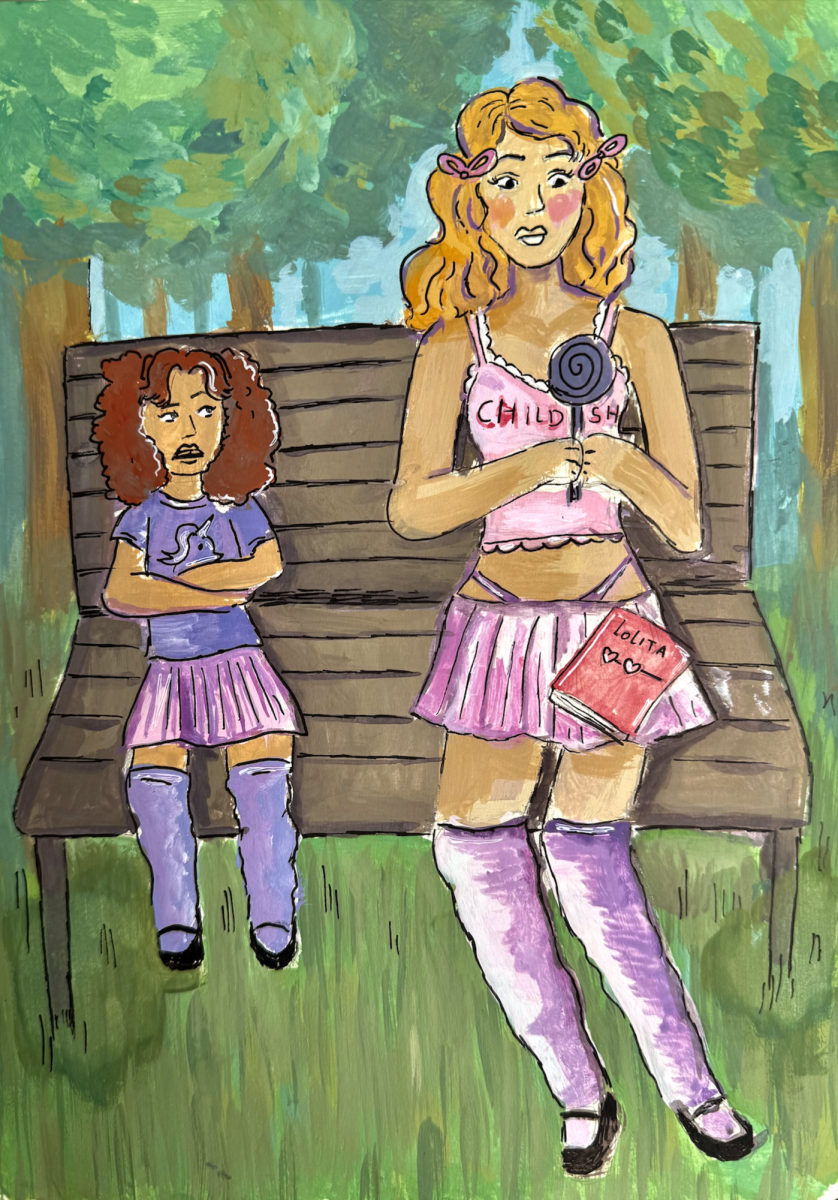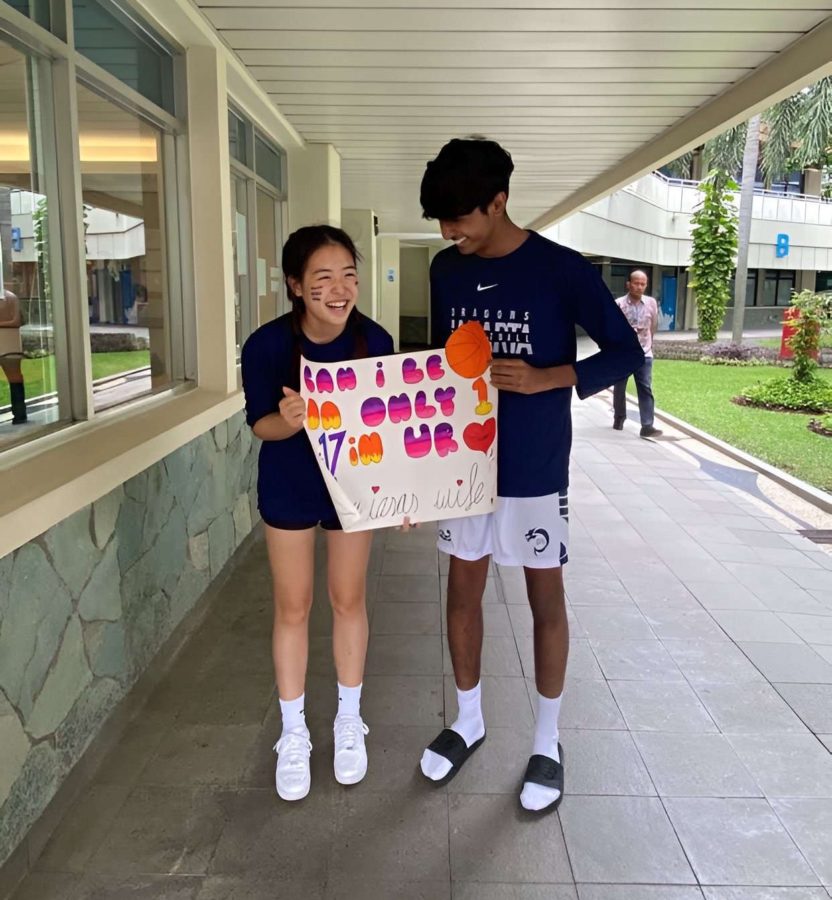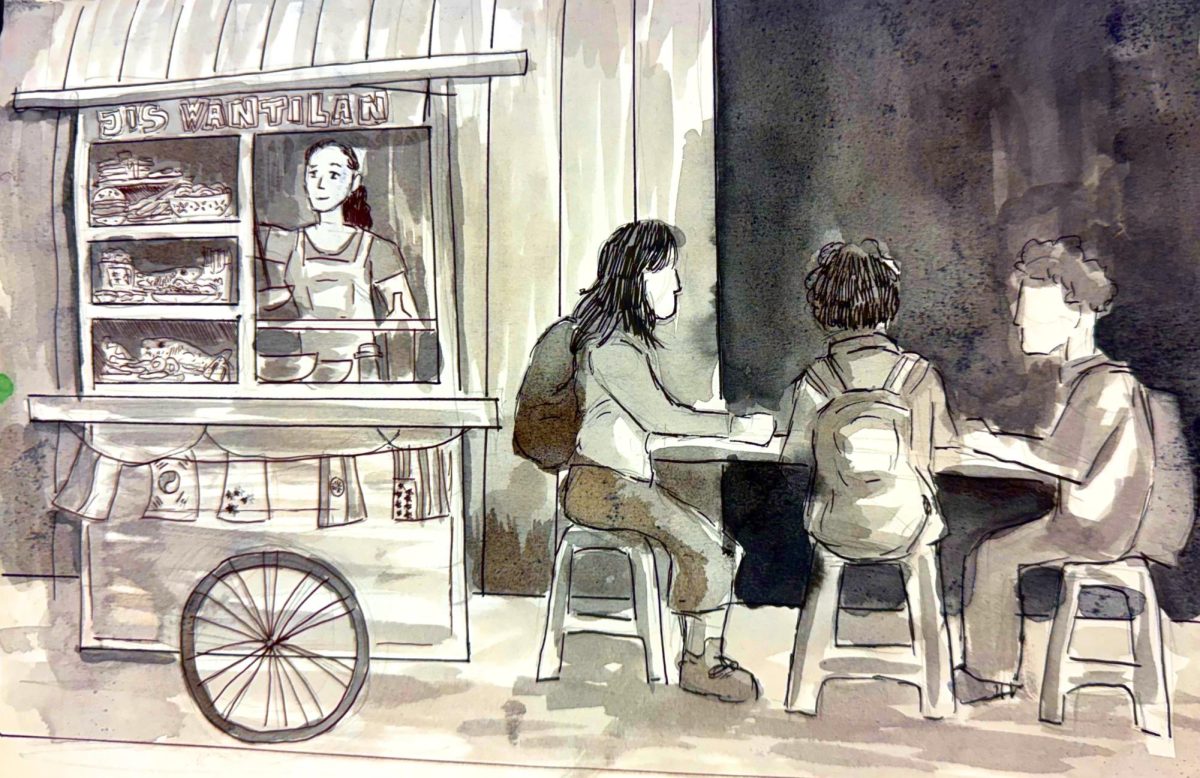Indonesian students at JIS have varying backgrounds. Some have lived here their entire lives, while others are new to the hustle and bustle of Jakarta. Others grew up in international schools, while some are still familiarizing themselves with the unique culture here. This diversity parallels the level of familiarity students have with speaking Bahasa Indonesia, leading to a range of proficiencies as diverse as our student body. Despite their differences, Indonesian passport holders share one commonality: they all must take Bahasa Indonesia courses.
Yet, given that the JIS Bahasa Indonesia courses are divided by grade level and not proficiency, students courses cannot select the level at which they want to study. (Unlike those in IB Bahasa Indonesia courses, who have more freedom—though still relatively restrictive—to do so.) Responding to a survey about this current system, Indonesian students felt as if its structure does not accommodate the diverse backgrounds of Indonesian students at JIS.
“[Growing up speaking English] hindered me from clearly communicating with certain relatives, staff, or just people I meet everywhere in Indonesia,” explained one student, who is currently undergoing their fifteenth year at an international school. Another respondent, a first-year international student, expressed, “I do wish the Indonesian classes would delve into more of the history of the language itself and also the literary pieces that beautifully reflect it.”
The teachers of JIS Bahasa Indonesia courses share the same concerns. Pak Benediktus Kalakoe, a Bahasa Indonesia teacher in his seventh year at JIS, explained how this aspect of multiculturalism has made it difficult for them to follow the curriculum provided by the Indonesian government. So, the department has chosen to develop its own; however, doing so has brought with it its fair share of challenges.
“In a single class, there can be students who are just beginning to learn the language, while others are already proficient,” he states. “As JIS Bahasa Indonesia teachers, the question we ask ourselves is how do we teach these varying students in the same class? That is the interesting part.”
Another factor to take into account is the educational culture of our school. At JIS, students are encouraged to work towards attending university, which manifests in the prioritization of AP and IB courses over JIS courses due to perceived rigor. This emphasis may appear especially tolling for Indonesian students, whose multicultural backgrounds may lead them to perceive the JIS Bahasa Indonesia courses as more challenging than their AP or IB courses, even though they do not receive the same level of recognition.
“While [Bahasa Indonesia] courses are essential and integral to exploring our Indonesian identity, it is a challenge to make the most out of them when we have other academic responsibilities,” expressed one respondent. “I don’t like how those classes become a burden when we’re starting to worry about AP exams [and] college applications.”
The Bahasa Indonesia teachers are aware of these pressures, and have been accommodating students by slightly easing the rigor of summatives, all while keeping the course at the regular, more appropriate level.
According to respondents, JIS Bahasa Indonesia courses could further become more accommodative if they were separated by proficiency rather than grade level. Pak Benediktus agrees with this proposal, and feels as if this change would ease the challenges faced by students and teachers alike.
“I agree that it is important to keep dividing the Bahasa Indonesia courses by grade level,” he begins. “However, we can further divide these grade courses into three sub-levels: Class A, B, and C, all of which are based on varying proficiencies.”
One challenge with this proposed change, as Pak Benediktus goes on to mention, is the shortage of teachers. Another is the disproportional distribution of the classes, given that many proficient students may choose to join a lower level to ensure a higher grade.
However, Mr. Ryan Campbell, the Associate Principal of Curriculum and Learning, is nonetheless open to the prospects of the proposal, and encourages the JIS community to formalize it for consideration before the upcoming courses committee in January.
“Logistically, there are many ways to approach this, each with trade-offs,” he explains. “For example, this could be done within a grade level (by building in an honors section as we do in Maths at Grades 9 and 10), or between grade levels, as we do in Indonesian second-language classes.”
The complexities of the JIS Bahasa Indonesia curriculum are the products of numerous factors, and cannot be attributed to a single one. Although its imperfections may prove frustrating for students and teachers alike, it is important to remember and appreciate the central essence of these courses, which is for Indonesian students to foster confidence and pride in their Indonesian identity.
“Be proud to be Indonesian,” Pak Benediktus states. “As a culture and as a people, Indonesians are something special. They are patient.”
In addition to shaping the identities of Indonesian students, learning Bahasa Indonesia is also pivotal for maneuvering adult life in Indonesia: a reality that many Indonesian students will eventually face after graduating from university.
While still acknowledging this truth, Indonesian students are simultaneously and continuously searching for a connection to their Indonesian identity that transcends words, and is supportive of their multicultural backgrounds.
“Even if you can’t speak Bahasa Indonesia or don’t know Indonesian history, it doesn’t mean you’re less Indonesian than people who can,” expressed one student. “Although, it’s always fun to learn more about where you came from.”





























